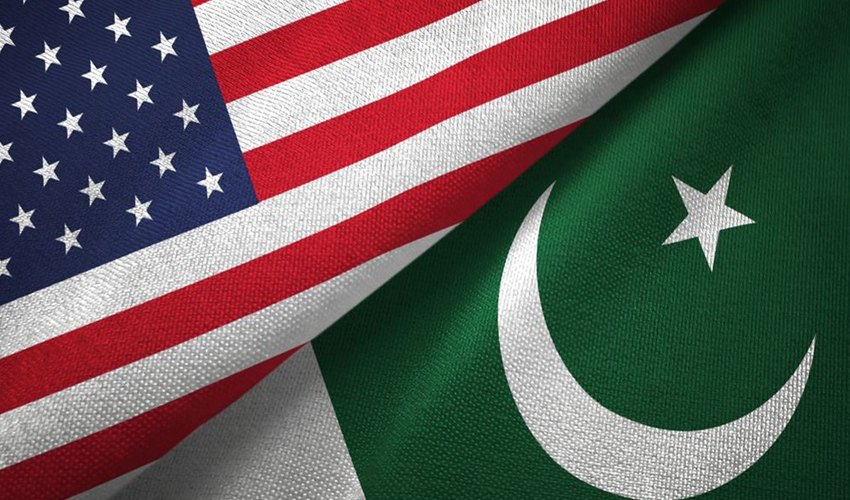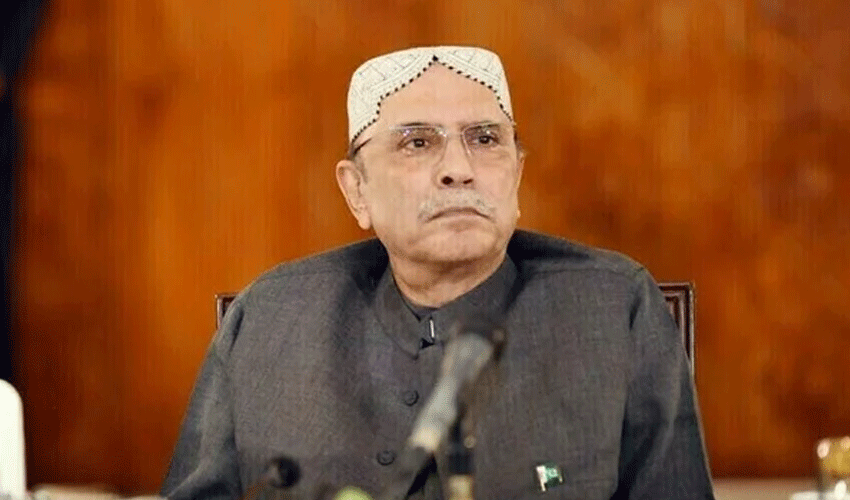As the November 5 presidential election approaches, the potential victor—be it Democratic nominee Kamala Harris or Republican incumbent Donald Trump—faces a reality of limited influence over the federal judiciary. The outgoing administration of President Joe Biden, alongside his predecessor Trump, will have appointed nearly half of the approximately 890 life-tenured federal judges by the end of Biden's term.
This staggering number reveals a significant generational shift within the judiciary, but it also highlights a crucial narrowing of opportunities for any future president to shape this powerful branch of government.
During his presidency, Trump appointed three justices to the Supreme Court, while Biden appointed just one, resulting in a conservative supermajority of 6-3. Both leaders have exhibited a preference for younger judicial appointees, effectively changing the demographic landscape of the federal bench. As a consequence, the pool of judges eligible for senior status—a semi-retirement option that opens vacancies for new appointments—has dwindled.
Currently, 67 vacancies exist or are expected on the federal bench, with Biden awaiting Senate confirmation for 28 nominees to fill these spots. An analysis from the American Constitution Society indicates that over the next four years, 247 judges—comprising 131 appointed by Democrats and 116 by Republicans—will become eligible for senior status, potentially opening new vacancies.
However, historical patterns suggest that judges often time their retirements with the political climate, particularly aligning with presidents from their appointing party. This trend raises the likelihood that the next president may have fewer opportunities to fill the bench than either Trump or Biden.
Supreme court's balance
The ideological balance of the Supreme Court, which currently skews conservative due to Trump's appointments, presents another challenge for both candidates. With three justices—conservatives Clarence Thomas and Samuel Alito, along with liberal Sonia Sotomayor—entering their 70s, the potential for retirements looms large, contingent on the outcome of the election. The victor will not only contend with the judiciary but also the composition of the Senate, which plays a critical role in confirming judicial nominees. The Democrats face a challenging battle to maintain their narrow 51-49 majority in the Senate, further complicating the nomination process.
Judicial influence beyond numbers
While numbers may seem limited, the impact of individual judges on the judiciary can vary significantly based on their court affiliation and judicial philosophy. As both Trump and Biden have learned, certain judges can issue rulings that hinder a president's agenda, regardless of the number of appointments made.
Jake Faleschini, justice program director at the progressive Alliance for Justice Action Campaign, notes that even with fewer vacancies, Trump could still influence the judiciary substantially by promoting judges he has previously appointed. He cited figures like Aileen Cannon, a Trump appointee who dismissed a classified documents case against him, and Matthew Kacsmaryk, whose decisions regarding abortion access have raised significant legal questions.
Conversely, Trump's allies, including Mike Davis of the Article III Project, express optimism about Trump’s potential to appoint what he describes as "bold and fearless judges" who adhere strictly to constitutional interpretations. In contrast, discussions surrounding a Harris presidency evoke concerns of transforming the judiciary into a more activist body, as highlighted by Davis.
The future president will inevitably play a pivotal role in shaping the judiciary, albeit with constraints. Both Harris and Trump must navigate a landscape of fewer available judicial appointments while contending with the ideological implications of their nominations. Harris has pledged to prioritize demographic and professional diversity among her nominees, aligning with Biden's recent appointments, which have leaned toward inclusivity.
As the political landscape continues to evolve, the implications of this election extend beyond immediate policies, potentially shaping the federal judiciary for generations to come. The next president’s approach to judicial appointments may well define the legal landscape in the United States, influencing not only the courts but the broader societal fabric as well.



























